What is Comb Binding?
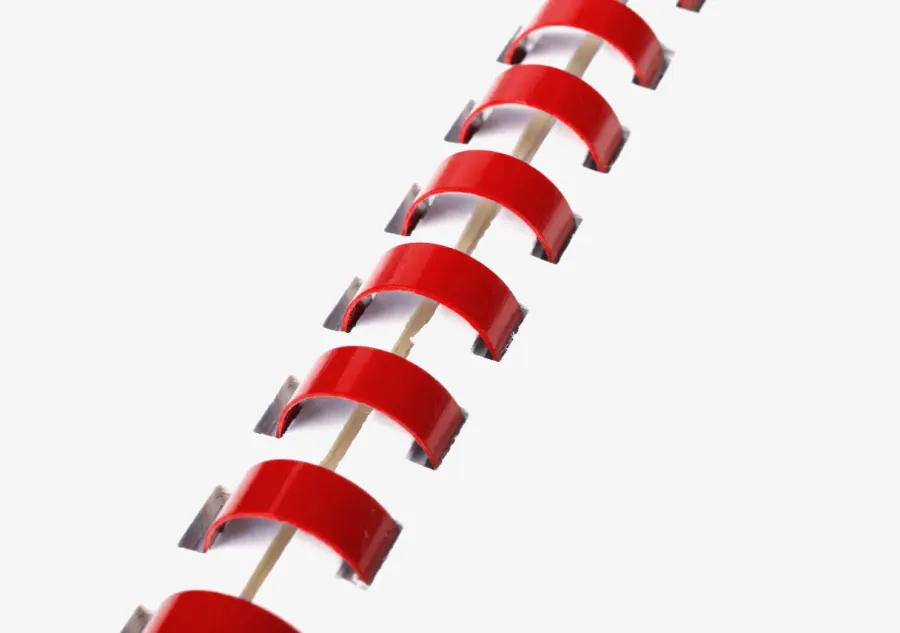
estimated reading time: 3 minutes
What is Comb Bound?
Comb Binding is a time tested, reasonably priced, and
professional looking book binding method. Comb bound books have durable spines
made of PVC plastic. Each spine element is pre-formed into a cylindrical shape
and has a series of curved ring-like tines along its entire length. The tines
are flexible but hold a great deal of tension. This strong tension allows each tine
to retain its circular shape.
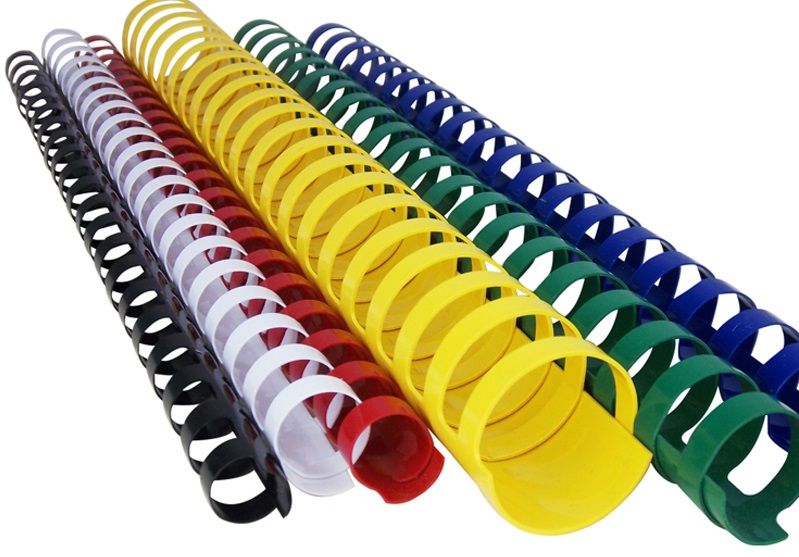
To create a book using the comb binding method, rectangular
slots are first punched along one edge of the book's pages and cover sheets. This
is done with the aid of a comb binding machine.
After all the pages have been punched and collated into a
neat stack and the front and back covers are in place, the curved tines of the
spine element are pulled open and inserted through the rectangular slots in
the book's cover and pages.
When the tension in the tines is released, the tines return
to their original circular shape and entrap the cover and
pages. This keeps the book securely bound together yet allows the cover and
pages to turn freely.
What are the Benefits of Comb Binding?
One of the main benefits of comb bound books is that they are
able to lie completely flat when in the open position. Hence, an open book can
be set on a desk, table, or other flat surface without the need to be manually held
open for reading. This feature not only allows for more convenient referencing, it
also leaves both hands free to perform other tasks, if needed.
A second benefit is that the circular tines of comb
bound books can be spread open so pages can be added or removed. This is a
very convenient feature for books that might require periodic updates. However,
there is one caveat - the tines do contain some serious tension. So without a comb
binding machine to help spread open the tines, it will take a little effort to
re-open the tines manually.
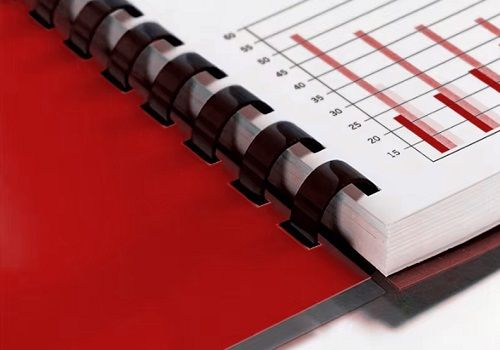
A third benefit of comb binding is that the plastic spine
elements are available in different diameters to accommodate books of varying thicknesses.
The spine diameters range from 1/4" to 2". The 1/4" diameter spine can
bind as few as two sheets of paper, whereas the 2" diameter spine can bind
a stack of sheets measuring up to 1-3/4" in thickness.
Another benefit offered by the comb binding method is that
the durable, yet flexible spines hold the pages securely intact. Comb binding spines
also work extremely well with tabbed page dividers.
What types of Book Projects use Comb Binding?
The versatility of comb binding makes it a practical choice for a wide array of binding applications. The hands-free feature makes comb binding particularly useful for assembly and maintenance guides, repair manuals, cookbooks, workbooks, study guides, bound sheet music, directories, planners, training and instruction manuals, travel guides, presentation books, product and price lists, and any other books that would benefit from the convenience of being able to lie flat for easier reference.
Multi-page wall calendars are sometimes
bound with the comb binding method because it allows the pages to turn easily
and also allows the calendar to hang flush against the wall.
Why it is called Comb Binding?
The "comb" in comb binding refers to the series of tines positioned
along the spine. If all the circular tines were opened and the spine was
pressed down flat, it would resemble a large hair comb.
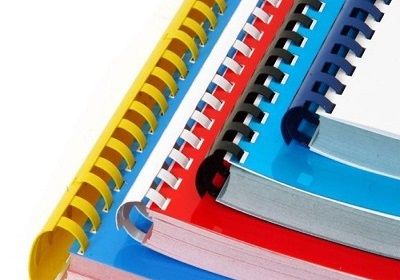
Comb binding is sometimes referred to generically as "Plastic
Comb Binding" or "Spiral Comb Binding", as well as by the trade names of "Surelox"
or "Cerlox." Comb binding is also referred to as GBC Comb Binding after the General
Binding Corporation, a major supplier of binding products.
Be sure to contact Color Vision for Comb Bound Book Printing!
If you have any questions about Comb Binding or have a project that's a good fit for this "punch and bind" style of book creation, give Color
Vision Printing a call at 800-543-6299.
Or, if you have your project's specifications handy and are
looking for a price quote, simply fill out our Quote Request form and
we'll be happy to email a quote to you.
Color Vision specializes in custom book
printing, so we're always glad to help. We look forward to assisting
with your printing and binding needs!
Related Articles

Printing Booklets: 5 Popular Types of Binding for Booklets
Read This Article
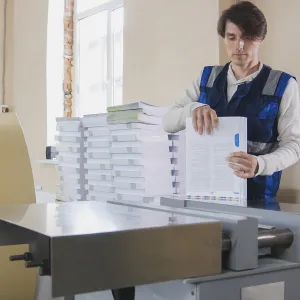
Short Run Book Printing: The Gateway to Self-Publishing
Read This Article
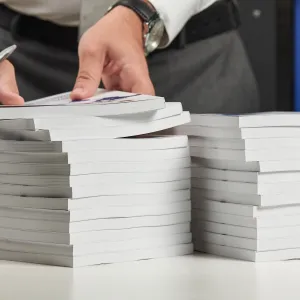
Perfect Bound Books: Exploring the Perfect Binding Process
Read This Article
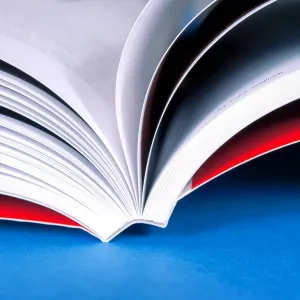
Custom Book Printing: What is PUR Binding?
Read This Article